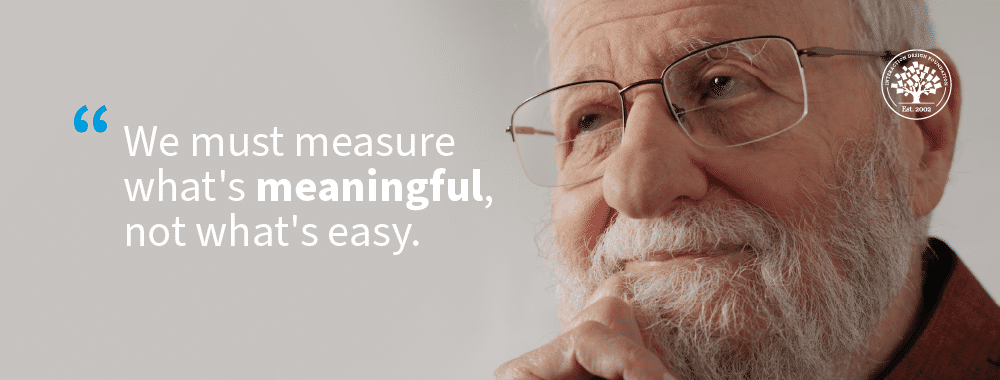The circular economy sounds like a simple idea to resolve the crisis we face as a species. A circular economy generates zero waste. Once a component enters the cycle, it continues to be used for a long time. And once it is unusable, it can degrade naturally. However, as UX pioneer Don Norman explains here, it’s easier said than done. Let’s see what the challenges of implementing a circular economy are and some approaches designers can help businesses integrate.
Show
Hide
video transcript
- Transcript loading…
How Can Designers Become Change-Makers?
As the name suggests, a vital part of the circular economy is “economy.” In other words, circular practices must make economic sense, and businesses should be able to make profits and survive in a competitive landscape.
But it isn’t impossible. Don Norman suggests designers have a crucial role to play here.
Show
Hide
video transcript
- Transcript loading…
Case Study: Transportation as a Service
Don Norman explains that designers can help companies change their business model from the linear to the circular economy. In order to do so, we should help companies and their executives shift their focus from creating products to creating services.
Vehicles are a prime example of products that become obsolete through breakdown, technological progress and fashion. Automobile companies that depend on product sales have a vested interest in customers replacing their cars, which leads to high waste.
Studies indicate that most cars stay parked for 90-95% of their life. Manufacturers will sell millions of vehicles that will mostly sit in parking lots. If companies manufactured and sold fewer cars that run at full capacity, we’d save a lot of resources in the production cycle.
Reducing production alone might not be viable for automotive manufacturers, as their business model requires mass production to stay profitable. There are many potential solutions to this, but to make an effective shift in their business model, they should consider what benefits they currently provide humanity with their products and how they can adapt their business into a more circular economy.
The ultimate goal of a vehicle is comfortable transportation. So, one solution is for an automobile company to shift its focus away from the products (cars) and offer transportation as a service (TaaS).

Services such as GoTo Carsharing seek to reduce car ownership by using the Transportation-as-a-Service model, offering on-demand electric cars.
© GoTo Mobility, Fair Use
The transportation company maintains its fleet with the most fuel-efficient cars, so customers do not have to worry about car maintenance expenses such as insurance, servicing and parking.
The Take Away
“How do we convince a company to change from making products to making services?” Don Norman asks. This is key when we want to move away from the linear economy to the circular economy. The shift from a linear to a circular economy requires a fundamental change in business operations. If a company’s survival depends on constantly selling new products, it can be hard to implement circular practices. New approaches to design and business are needed—sustainable design and participatory design should be standard practice.
Designers must propose ways to achieve a circular economy that benefits the business, users and the environment. Don Norman suggests we can meet these goals through service and subscription-based business models. The good news is that companies can generate additional revenue streams with such models while consumers bear a lower upfront cost. Designers must effectively communicate these benefits and convince decision-makers to implement circular practices.
There are many challenges involved, and designers have to learn new skills to help companies change their ways of doing business. You have to come up with a proposal. You have to speak the language of business. The good news is that designers know that it’s important to understand the people they are designing for. We know that it’s important to speak their language and design products and services that fit their needs. If you work in a company, one of the groups of people you design for are the executives in your company. You have to understand how a business works. So, design has to change! You have to understand the politics, the business model, the world, the impact your product has on the world and the complex socio-technical systems. You have to change the way that you behave.
Let’s end with this bold quote from the Ellen MacArthur Foundation: “We must redesign everything: products, business models, cities, and the linear systems that have lasted for the past centuries.”
Luckily, design sits prominently at the heart of the circular economy. We can do this. Let’s design for a circular economy.
References and Where to Learn More
For more on transportation as a service and other examples of circular economies, see Don Norman’s book Design for a Better World: Meaningful, Sustainable, Humanity Centered.
Additional resources from the book “Design for a Better World” are available at the Resources for DBW website.
Read more articles and essays by Don Norman on JND.org.
Study: Most Cars Are Left Unused 95 Percent of the Year
Transportation 2050: The Future of Personal Mobility
Dive further into Design and the Circular Economy with the Ellen MacArthur Foundation.











